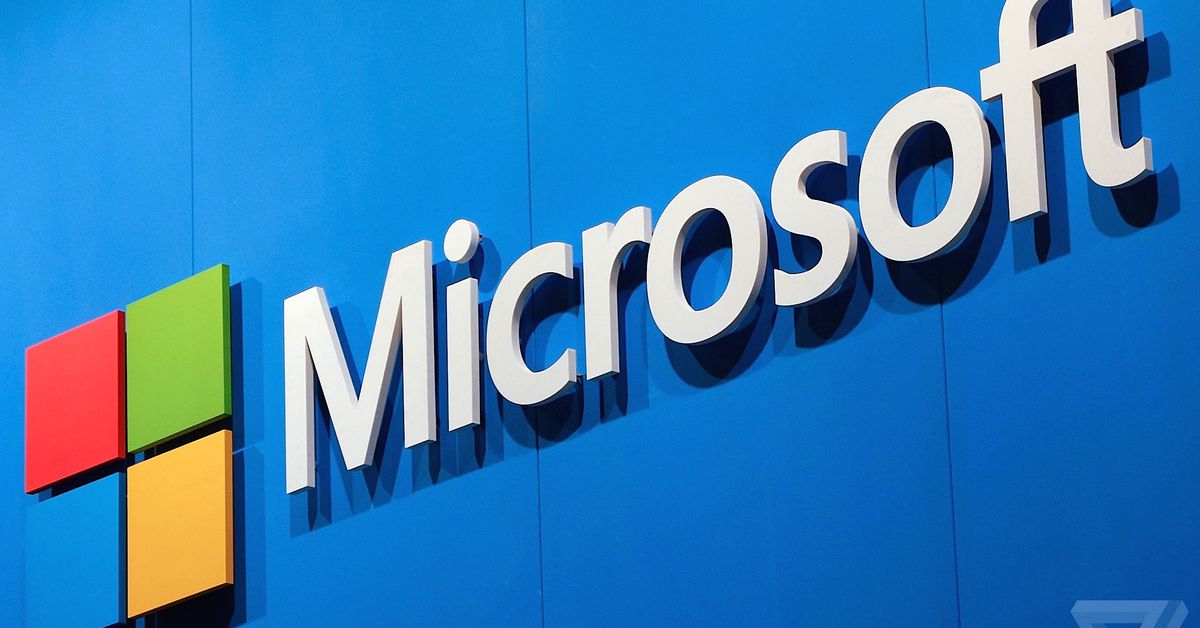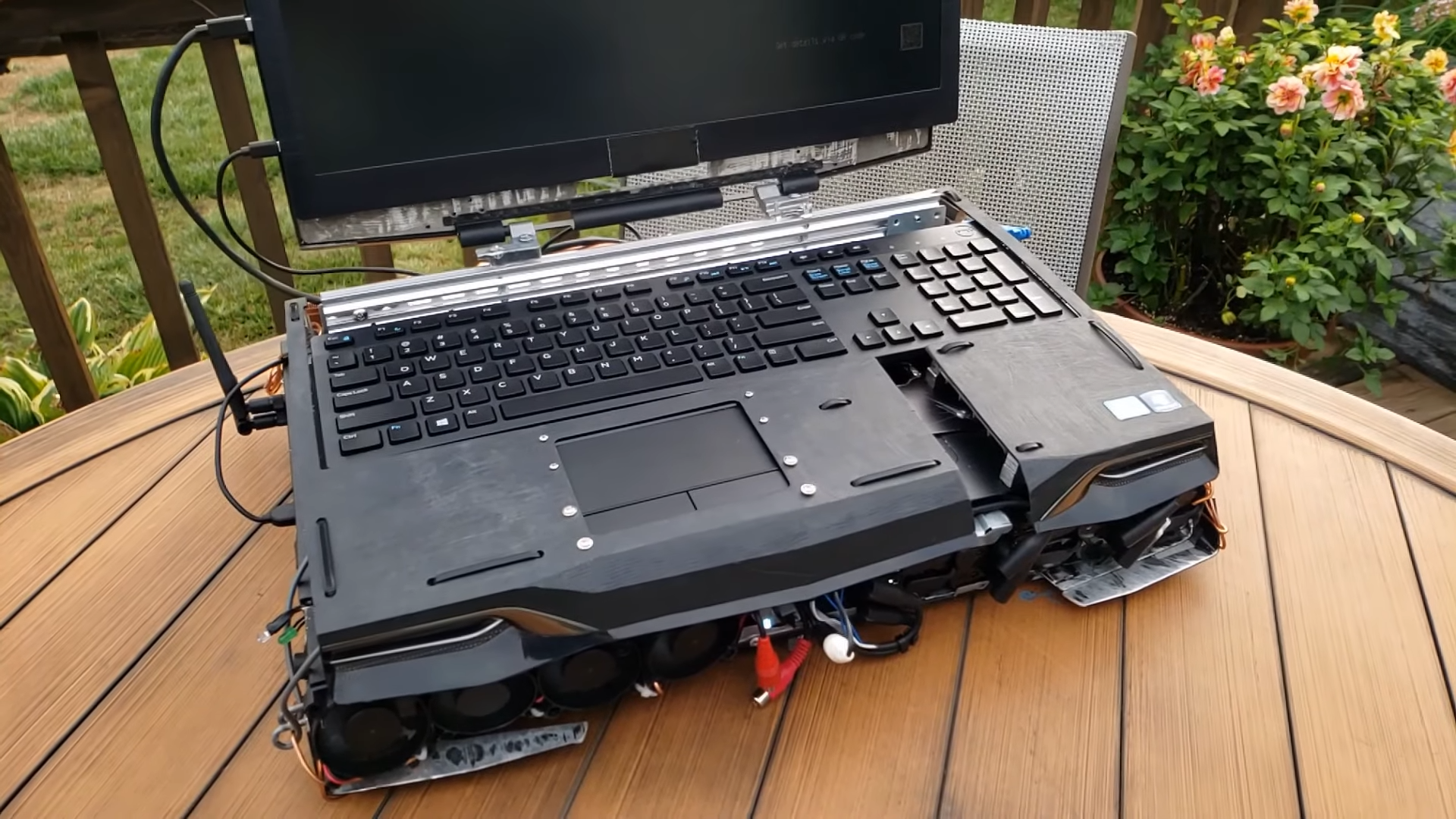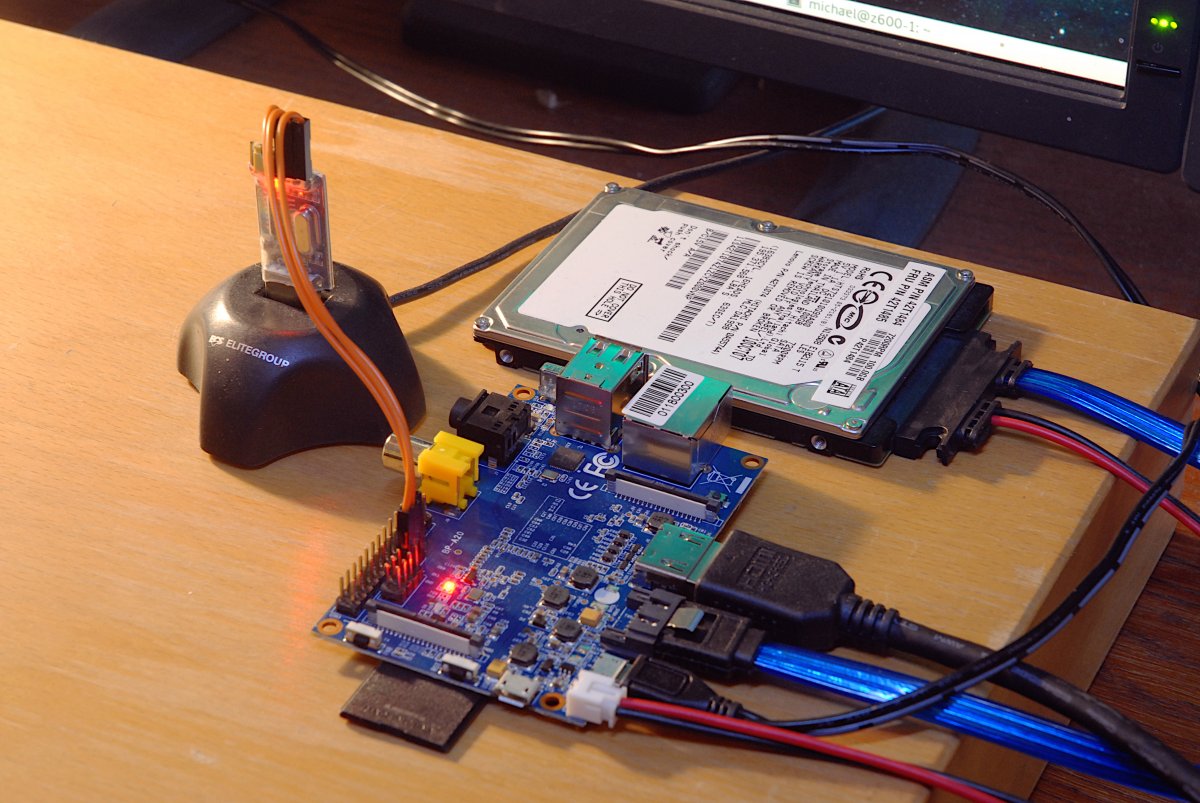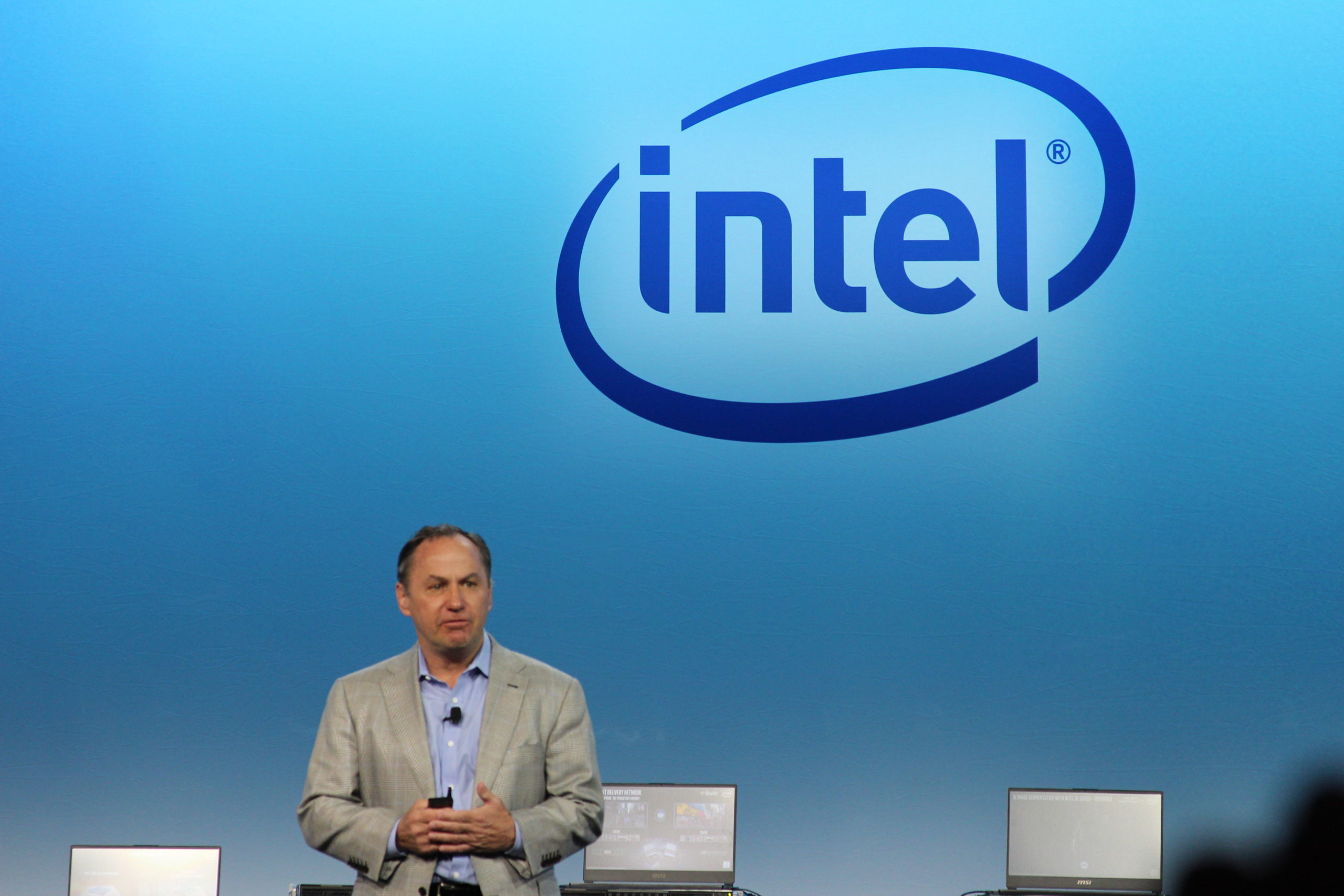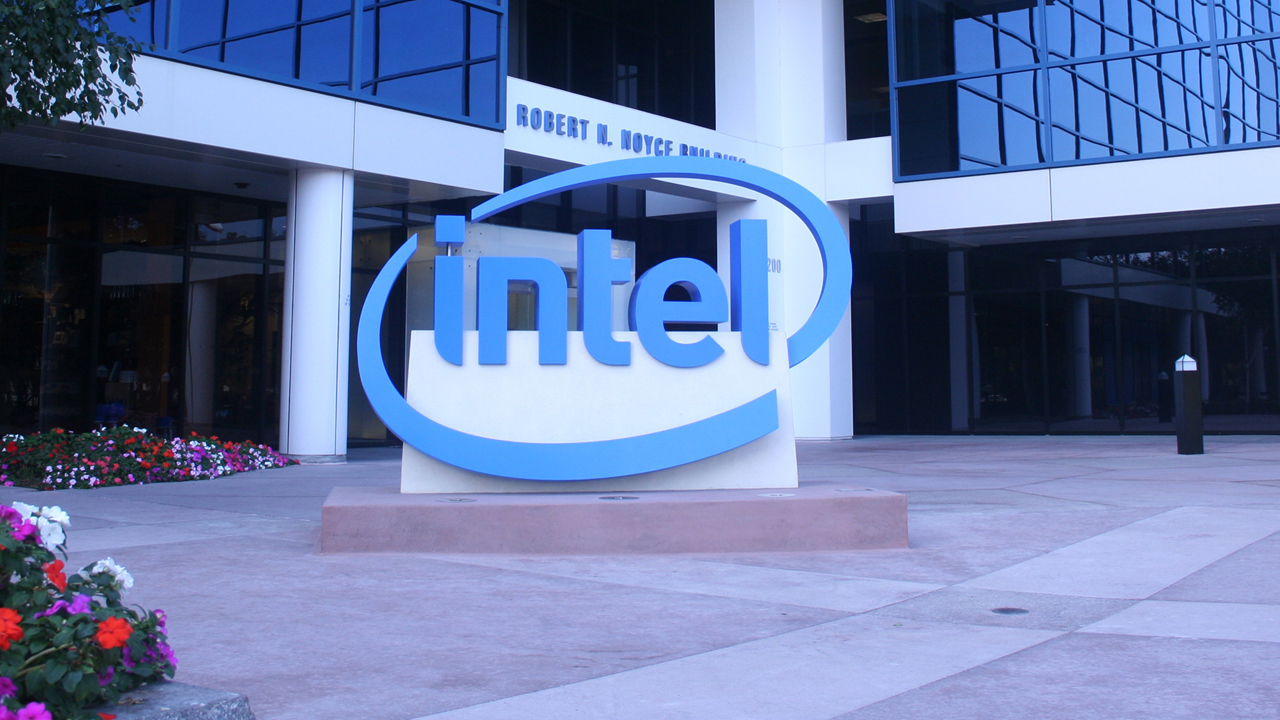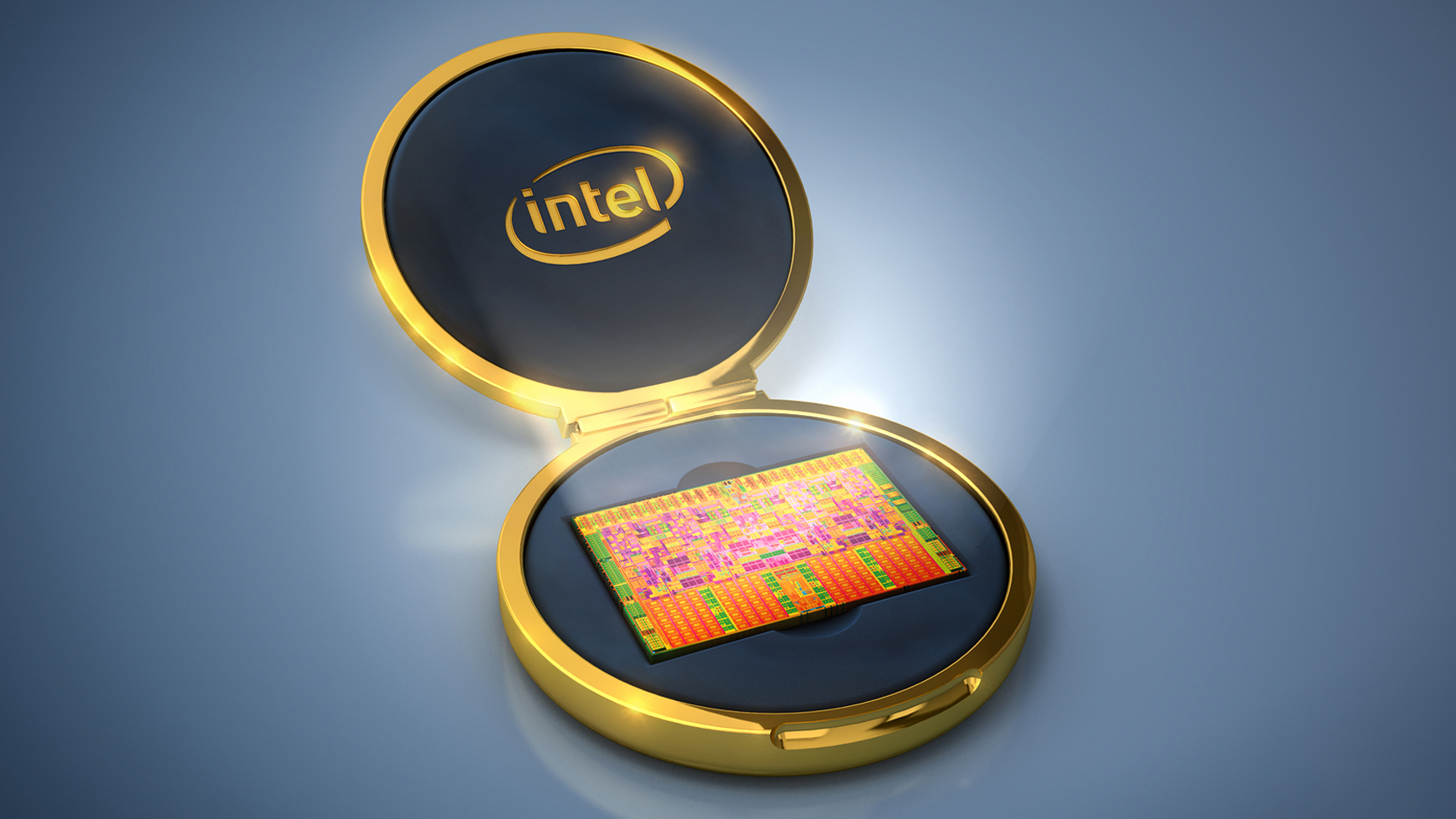Microsoft posted the second quarter of its 2021 financial results today, reporting revenue of $43.1 billion and a net income of $15.5 billion. Revenue is up 17 percent, and net income has increased by 33 percent. We saw some impressive growth for Surface, Xbox, and cloud-related services in Microsoft’s previous quarter, and it’s very much the same this time around.
The PC market just had its first big growth in 10 years, with around 300 million shipments of devices during 2020. The pandemic has impacted the way a lot of people work or learn, and many have turned to laptops to continue remotely.
Windows OEM non-pro revenue has grown by 24 percent for Microsoft, reflecting the demand from consumers. Windows OEM revenue overall, including pro licenses, grew 1 percent in total, likely because of the strong prior Windows 7 upgrade schedule for businesses.
This is the first quarter of sales of Microsoft’s Xbox Series X and Series S consoles. While both debuted toward the end of the quarter (November 10th), Microsoft says hardware revenue has grown 86 percent, thanks to the next-gen consoles.
Xbox content and services revenue has also increased by 40 percent compared to the same quarter last year. Gaming has been incredibly popular throughout 2020, and many have clearly turned to Xbox Game Pass and services like xCloud during the pandemic. That’s pushed Microsoft’s overall gaming revenue up 51 percent.
Over on the Surface side, Microsoft’s updated Surface Pro X and Surface Laptop Go also debuted during this quarter. Surface revenue is up 3 percent, but it’s crucially now a $2 billion business for the first time ever. That’s significant for the long-term health of the Surface business, and it comes during an increased demand for laptops and PCs.
Microsoft also just announced an updated Surface Pro 7 Plus device, available only for businesses and schools. The new model includes a bigger battery, Intel’s 11th Gen processors, a removable SSD, and LTE.
Microsoft 365 Consumer subscribers have also increased to 47.5 million, a 28 percent bump. Microsoft has been focusing on Teams and Microsoft 365 services for consumers, launching a renewed effort to attract more subscribers last year.
Cloud services continue to be a big boost to Microsoft’s revenues, thanks to the general pandemic shift in work and learning behavior. Both Office commercial and consumer are up, with Office 365 Commercial revenue growth up by 21 percent. Server products and cloud services revenue has also increased 26 percent as more businesses rely on cloud services. Azure revenue itself grew 50 percent.
“What we have witnessed over the past year is the dawn of a second wave of digital transformation sweeping every company and every industry,” says Microsoft CEO Satya Nadella. “Building their own digital capability is the new currency driving every organization’s resilience and growth.”
Microsoft is planning to hold an investor call at 5:30PM ET, and we’ll update this article with any relevant information.
